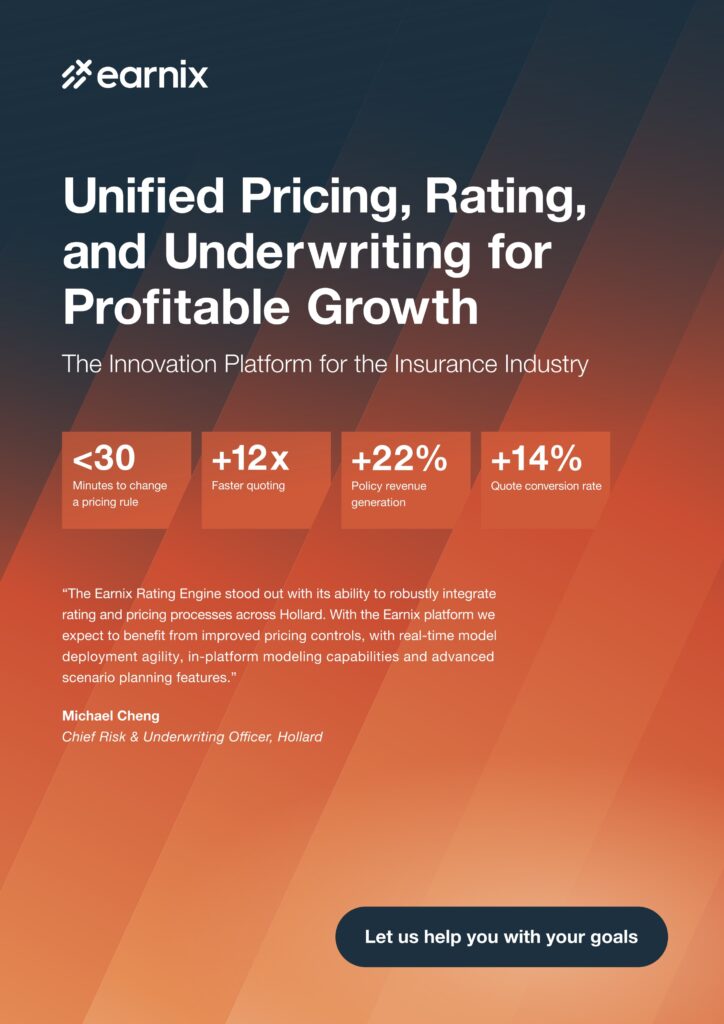
By: Sid Beeton, Divisional Transport Manager, ONE Insurance Underwriting Managers
One only has to see the long snaking line of tipper trucks carrying coal to Richards Bay to realise that Rail as a means of transport has almost completely collapsed and that the only way to ensure that commodities reach their destination is through our vast network of roads and Road Transport companies.
Transport of commodities and goods by road is not without its challenges. Some of the risks associated with Road transport are the following:
High Levels Of Crime
Even with state-of-the-art telematics and high-level communications between driver and operational control rooms, the transport of highly valuable cargo by Road is fraught with risk of theft by highly sophisticated syndicates who target cargo carried by road.
Load values run into millions and most long-haul transport is undertaken by a single driver who is obviously an easy target.
With the current level of extortion in the country, drivers must be particularly at risk as their family and own lives are easy targets so even if drivers are loyal, they might be forced to assist in load hijackings under threat from extortionists.
Target loads are copper and copper products including cables, electronics, cell phones, solar panels and other alternative energy components, tinned fish and other easily disposable foodstuffs although any load with commercial value is at risk.
Looting
Due to the high level of poverty and the lack of consequences for acts of violence and civil unrest, looting at accident sites has become commonplace. The result of this is that the average claims value has increased substantially. Even a small accident that causes very little damage to the load can become a total loss if there is no intervention at the accident site to prevent or stop looting by local communities .
Our claims division recently handled an incident where our insured client suffered a total burn out of the vehicle combination and load (insured elsewhere) when SAPS intervened at an accident site to stop looters, who then responded by setting the vehicle alight. The result was a total loss claim of vehicles and load running to R6million for a single loss event.
Even a breakdown on route can result in the looting of the load so vehicle maintenance and early response to such incidents are vital risk mitigation factors.
Vehicle accidents
This is the biggest cause of Goods in Transit insurance claims. During the lockdown as a result of the Covid epidemic, there was an exponential growth in online shopping and this ledto the growth of Courier and Overnight Express Transport enterprises. The consequence of this development is that the level of road traffic that travels throughout the hours of darkness has increased and that brings in the factor of the effects of fatigue, not only of your own driver but also other motorists. Through our close association with a Telematics supplier, we see hundreds of interventions monthly where their control room interacts with drivers that are identified as suffering from fatigue, which is flagged by in-cab camera technology. As looting often follows an accident, particularly at night, prevention is vital to avoid these large loss events.

Unified Pricing, Rating, and Underwriting for Profitable Growth
“The Earnix Rating Engine stood out with its ability to robustly integrate rating and pricing processes across Hollard. With the Earnix platform we expect to benefit from improved pricing controls, with real-time model deployment agility, in-platform modeling capabilities and advanced scenario planning features.”
Michael Cheng
Chief Risk & Underwriting Officer, Hollard
The Innovation Platform for the Insurance Industry
Load-shift
As most GIT and Marine insurers exclude losses that are caused by inadequate securing of the load, it is vital to ensure that the load is secured to a sufficient extent to withstand the normal hazards of the road which includes protection against poor road surfaces such as potholes and other road hazards such as the poor condition of secondary routes. We have found that some Transporters believe that Curtain Sides on Trailers are sufficient securing of the load, which is obviously not the case as the weight of a load against Curtain Sides will result in breaking of the securing clips or tearing of the canvas.
In many instances, customers secure the load themselves and on certain commodities such as alcoholic and non-alcoholic beverages which have many drop-offs points during a single consignment delivery, the load is not completely tied down as this would interfere with the efficient and timeous delivery. For such exposures, it is important to negotiate adequate load shift cover that considers the level of protection against load shift, which might not withstand the normal road hazards.
Climate Change
Extreme weather in our country has become more commonplace and the levels of protection against the ingress of water into loads needs to be improved to prevent rejection of wet load claims. We find amongst our client base that this is the most common cause for rejection of load claims .Consideration is given when the event is so extreme that even the highest levels of protection against weather related losses cannot prevent some level of penetration of rain /water into the load .
Regular replacing of tarpaulins and constant maintenance on trailers and curtain sides plus additional covering of the actual load in addition to first line protection by load coverings and protections are the only risk mitigation factors.
The role of Telematics
As can be seen from the list of perils that face every load that ventures out into our road network, risk prevention and mitigation are vital requirements to reduce and control the financial loss that results from loss or damage events.
These are some of the Telematics options that are available :
- Technology that causes fuel starvation when Hijackers use signal jamming to interfere with the transmission of location data
- Route planning and reporting on route deviation of entry into No-go areas.
- In cab communications and panic button activations
- Trailer unlink notifications
- Independent trailer tracking units that have long life batteries
- Inexpensive passive load tracking units that can be secured to cargo
- Live camera feeds both in-cab and at strategic points on trailer and truck bodies or at cargo doors to prevent partial load thefts
- Fatigue camera technology that reports on common signs of driver fatigue
- Facial recognition technology
- Reporting on cell phone usage by drivers whilst driving, a major cause of accidents
- Reporting on unauthorised passengers.
Other forms of risk mitigation
Whilst the use of telematics can greatly reduce the risks associated with Road transport of goods by road, there are other risk control options such as armed guards either on the vehicle combination or in escort vehicles, travelling in convoys and the securing of accident sites by early deployment of Security companies.
Road transport is here to stay and will remain the first choice of goods distribution in South Africa and into our neighbouring countries for the foreseeable future.

